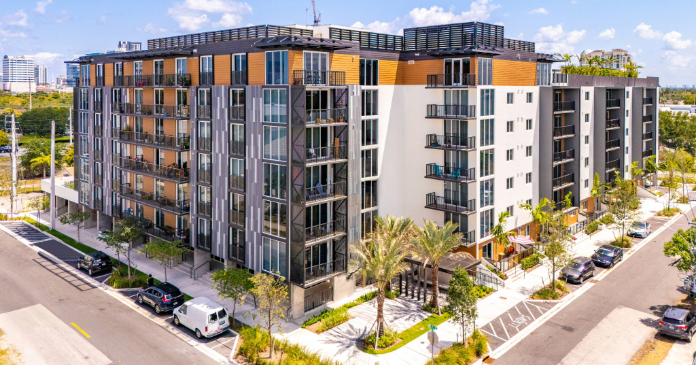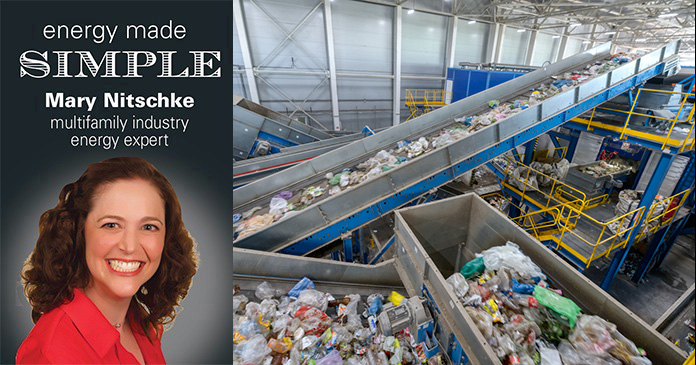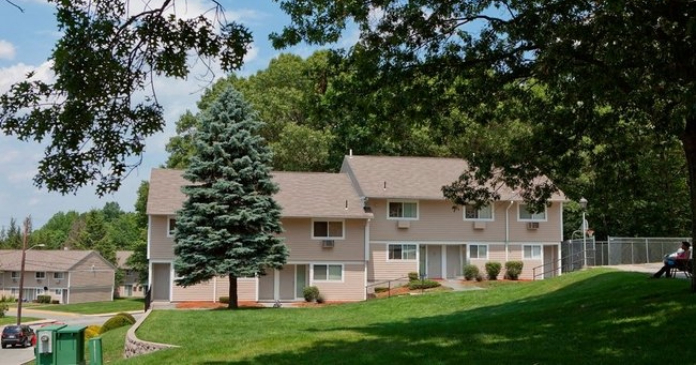At the urging of NMHC/NAA, last July the IRS issued regulations changing the way rents are adjusted on LIHTC properties where residents pay for their own utilities. The changes allowed property owners to use more accurate data to calculate resident-paid utilities.
“These changes were very important to the nation’s supply of affordable housing,” said David Cardwell, NMHC’s vice president of capital markets. “Rents on LIHTC properties are reduced by the amount a resident pays in utilities. Before last year’s changes, the methods the IRS was using to estimate resident utility costs tended to overestimate them. This, in turn, reduced the gross rent received by property owners and was threatening the financial viability of many LIHTC properties.”
“Unfortunately, the 2008 regulations included a provision that fundamentally changed an owner’s ability to sub-meter,” explained Cardwell. “Specifically, they stated that only utilities directly paid by the resident to the utility company can be included in the utility allowance.”
The IRS confirmed that utilities paid by a renter on actual consumption in a sub-metered property count as resident-paid utilities under the utility allowance regulation.
“The IRS ruling and clarification remove market uncertainty about the use of sub-metering in low income and tax credit units,” stated Michael Foote, regulatory and corporate counsel for NWP Services Corporation.
“The conservation benefits of sub-metering allow owners to reduce utility expenses and overall usage. Owners can now utilize more sophisticated modeling or the actual consumption for each unit to accurately calculate utility allowances. The clarification also allows owners to assess administrative fees on resident bills for sub-metered billing services,” he added.
“This is good news for apartment renters and for apartment owners,” said Cardwell. “By helping to ensure sufficient operating capital for these properties, the rules preserve a critical source of affordable housing during an economically challenging time.”
See the IRS’s 2008 regulations and recent clarification, notice 2009-44 here.














